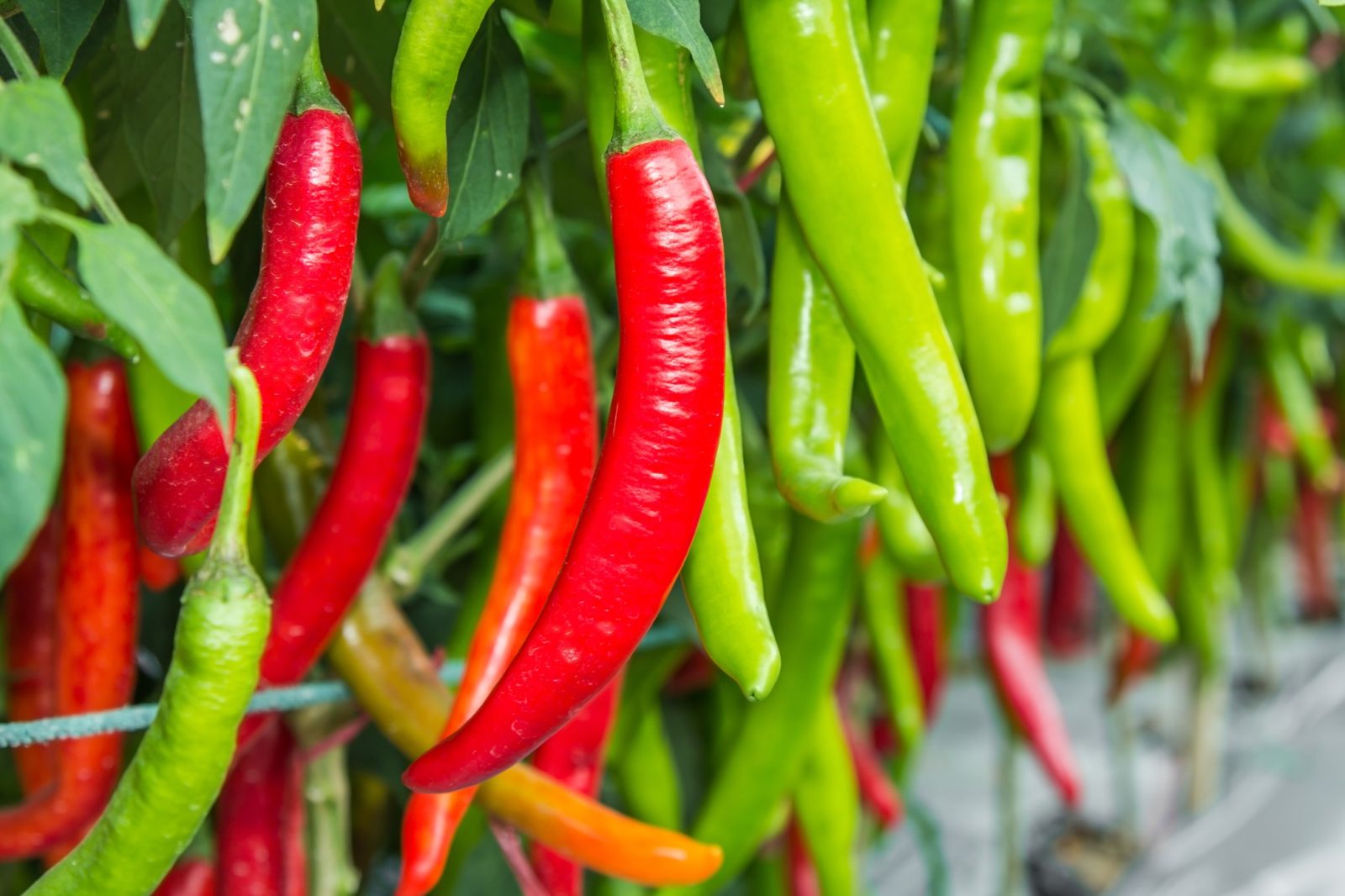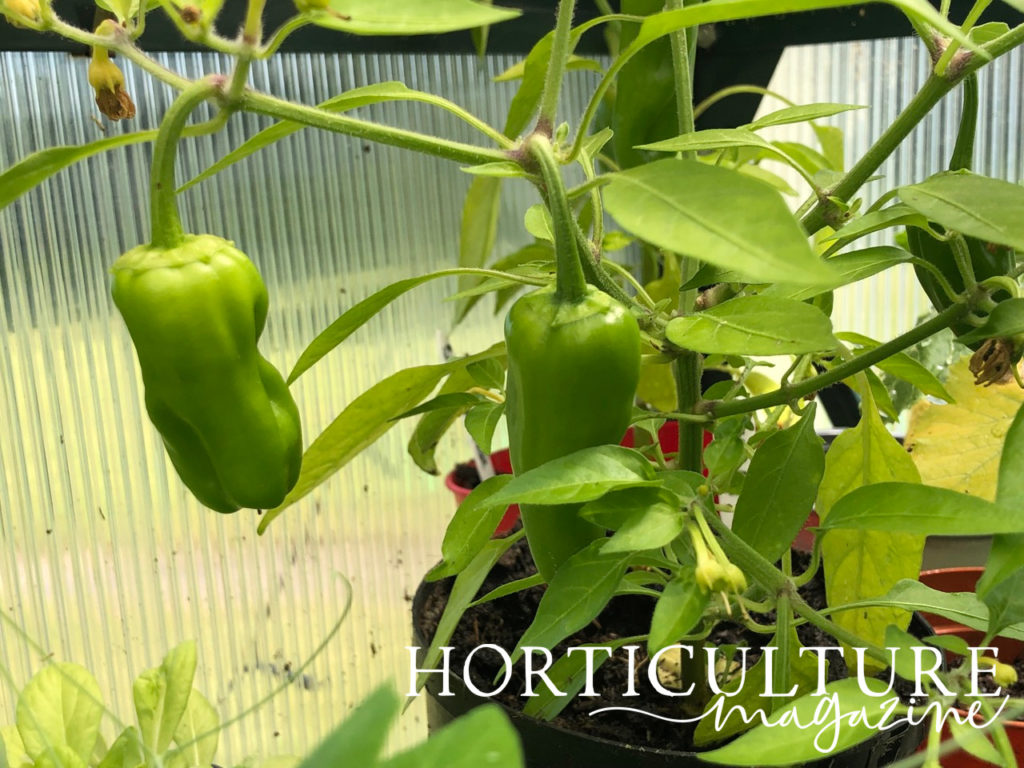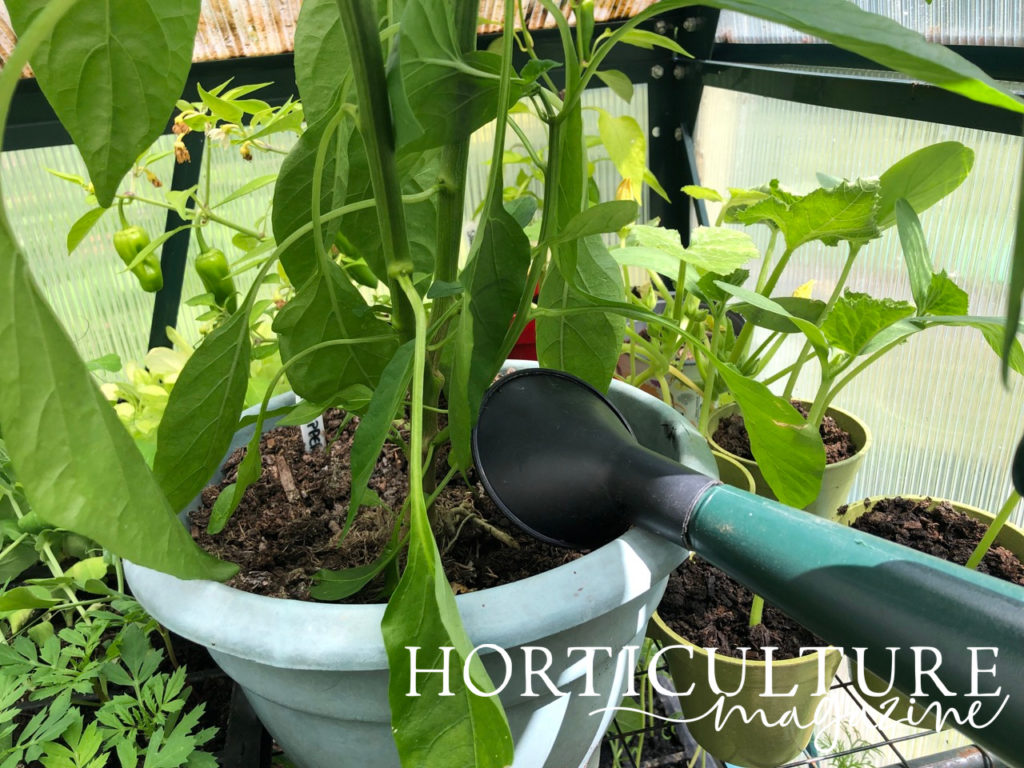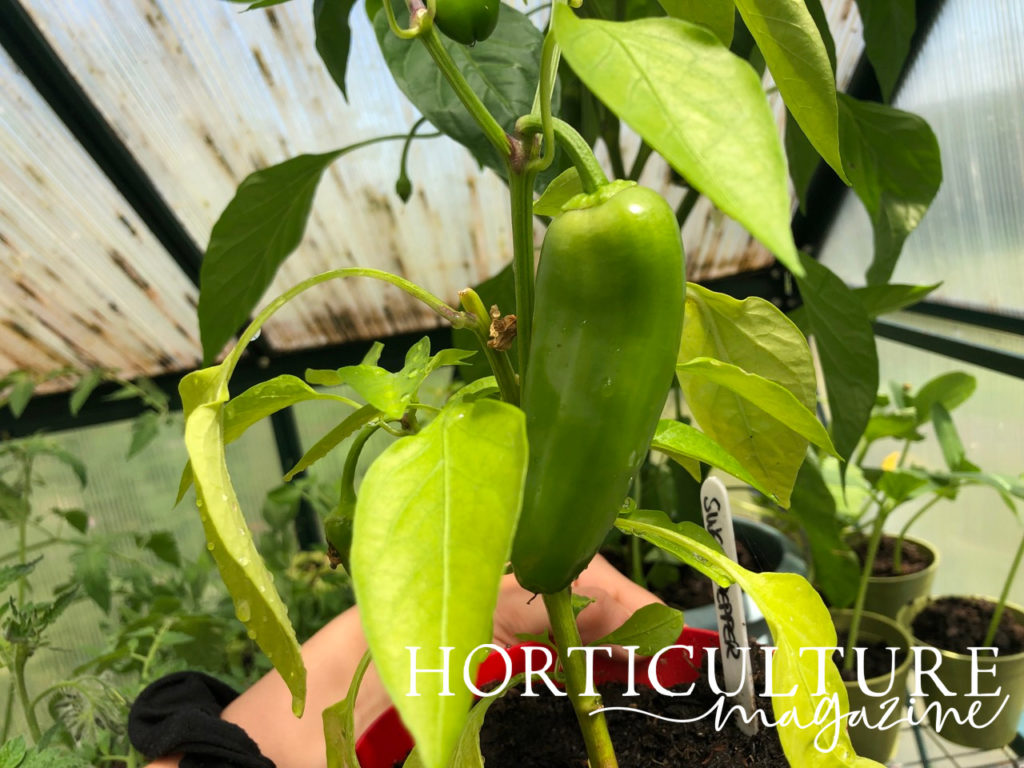Follow One Of These Chilli Feeding Regimens To Determine How Hot They Will Grow


Elizabeth is a Permaculture Garden Designer, Sustainability Consultant and Professional Writer, working as an advocate for positive change. She graduated from the University of St. Andrews with an MA in English and Philosophy and obtained a Diploma in Applied Permaculture Design from the Permaculture Association.
Reviewed By COLIN SKELLY

Colin is a Horticulturist and Horticultural Consultant with experience in a range of practical and managerial roles across heritage, commercial and public horticulture. He holds the Royal Horticultural Society’s Master of Horticulture award and has a particular interest in horticultural ecology and naturalistic planting for habitat and climate resilience.
Contributions From EMILY CUPIT

Emily is a Gardening Writer, Photographer and Videographer from Derbyshire, UK. She is the Founder of Emily's Green Diary - a community of more than 75,000 people who share in her gardening journey.
CHILLI GUIDES
Chilli Peppers come in a range of different shapes, sizes and hues, and vary dramatically in their heat levels, from no heat at all, to fierce and fiery options – there’s something for everyone.
How hot chillies will be starts, of course, with cultivar selection and also depends on when you choose to harvest.
However, you might not realise that how much or how little you feed your chilli plants over the summer months is another factor that will determine how hot your chillies will be.
There are two regimens that you might follow, depending on how hot you would like your chillies to be:
- Feed chillies weekly once flowering begins, with a liquid organic plant feed that is high in potassium, for a bumper crop.
- If you want the chillies as hot as possible, reduce feeding significantly, or even forgo feeding altogether. Plants will be smaller, but their fruits will be hotter as a result.
Feeding Chillies For A Bumper Crop

First off, when planting chillies, it is beneficial to ensure slow-release fertility by surrounding your plants with a mulch of homemade compost, or something similar.
Don’t use a particularly high-nitrogen mulch though, as this can encourage leafy growth at the expense of flowers and fruit.
Mulching also helps to conserve water and reduce weed growth.
Once the plant begins to flower, you can improve its performance by giving it a potassium boost.

This can be supplied by means of a mulch of comfrey leaves or other potassium-rich materials or through the provision of a compost tea or another organic, potassium-rich liquid plant feed.
“I use comfrey from my own garden to make a comfrey mulch which slowly rots down to feed the chillies,” explains Colin Skelly, a Horticultural Consultant with almost 15 years of experience.
“I use a cultivar called ‘Bocking 14’, which is high in nutrients but doesn’t take over your garden.”

Feeding with a liquid feed weekly through the flowering and fruiting period should lead to a bumper harvest.
Though the fruits will not be quite as fiery and hot as they would have been if they were treated less well, you will see great results in your crop yield.
Feeding Chillies For Maximum Heat

If you like the heat, then the idea is to treat your chillies badly.
The spiciness is the plants’ adaptation in a bid to prevent themselves from being eaten by animals.
High temperatures are the most important factor if you want your chilli to be as spicy as possible.
And of course, the variety you choose is key.
You should start growing as early as you can to give the fruits time to mature as much as possible.
Restricting water also plays a role.

How much you feed your chillies is important, and for blisteringly hot chillies, less is more.
Keeping plants a little stressed will make your harvest smaller – but the fruits hotter.
Forgoing the liquid feeds so plants take their nutrition only from the soil or growing medium won’t kill them, but it will stunt them a little, therefore increasing capsaicin production (the substance responsible for a chilli’s heat).
